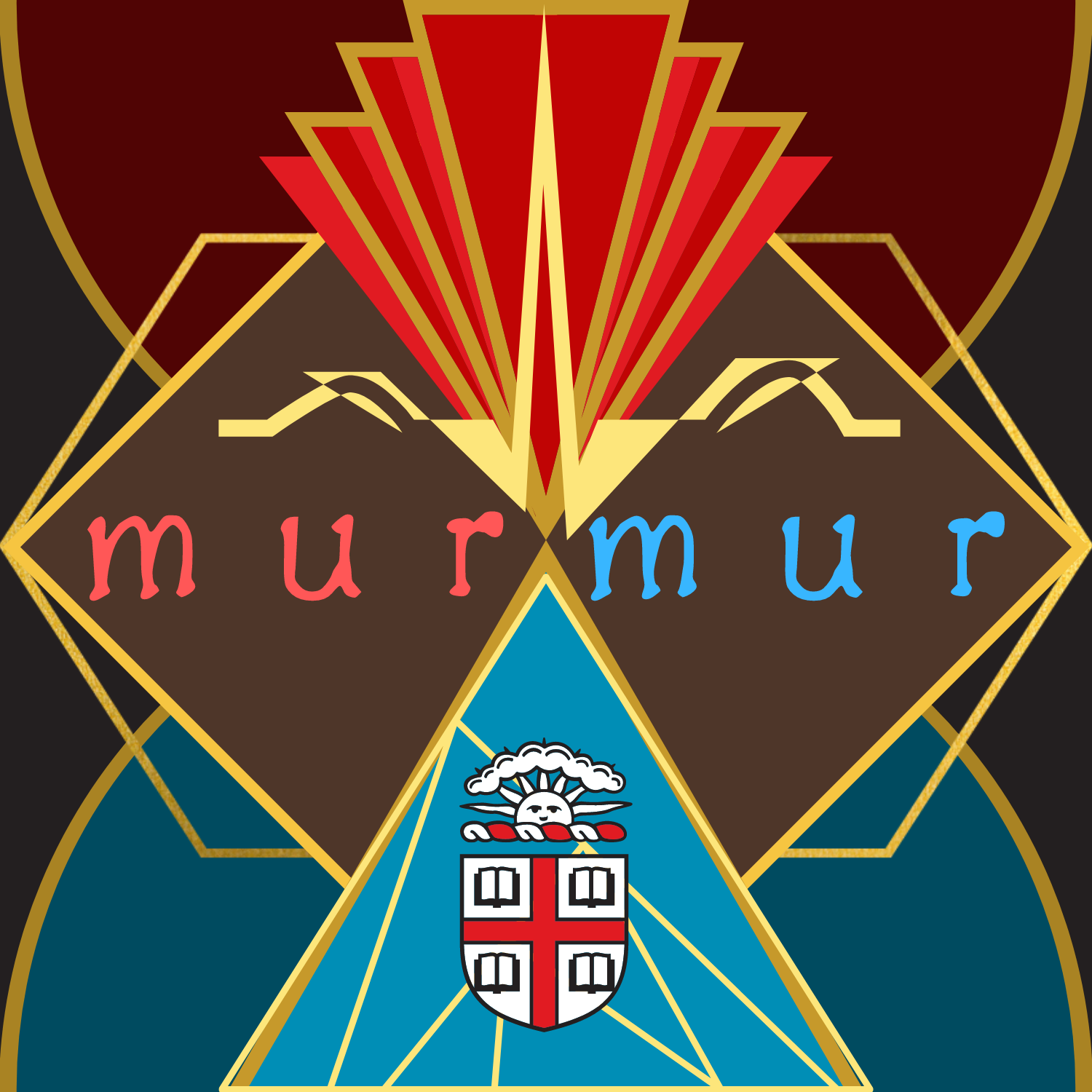I turn my hands over and back, over and back, in front of me. The doctor in front of me is slowly massaging the patient’s right side, attempting to touch his fingers together through the walls of skin, adipose, and muscle. As his hands are moving, he alternates between closing his eyes as he bows his head, and focusing on the ceiling as he tilts his head back. After moving to the other side and repeating the same process, he explains that he is palpating for the kidneys, a sign of enlargement if, instead of touching his fingers together, he feels a mass. Next, he places his finger tips to the right of the patient’s belly button and, applying pressure, palpates slowly around and up towards the patient’s left lower ribs. He repeats this again, this time mentioning a concern of an enlarged spleen.
The doctor then places his right hand over the patients left 3rd and 4th ribs. It’s almost a comforting gesture; a calm resting of the hand on the shoulder of a friend. Again, his eyes close, his head bows, and the only movement is small adjustments in his hand. There’s no stethoscope. No monitors. The hum of conversation in the open ward is steady. After about a minute, his eyes open and he pulls a stethoscope from his pocket. Later, he will explain that he was feeling for a heartbeat in the left lateral chest, a sign that the apex of the heart shifted, resulting from an enlarged heart.
The exam continues in a methodical fashion. There are pauses when the doctor straightens upright, rests his hands on the edge of the bed, and asks more questions to the patient and family. He checks for edema in multiple areas of the both legs, the thighs, and the lower abdomen. He carefully palpates nine regions of the abdomen while keeping a close eye on the patient’s face. The exam lasts at least 20 minutes before we thank the patient and return to the desk in the corner of the emergency department. From the history and physical exam, the doctor has a high suspicion of complications from chronic kidney disease, and orders the appropriate treatment labs to confirm.
He explains the steps of his physical exam, mentioning only in passing that it would be difficult to obtain imaging of the chest and abdomen to evaluate each organ. I soon realize that each time he closed his eyes, he was creating his own imaging. I looked down at my own hands again.
I fear I will forget the importance of my hands. We have been warned about the risk of dehumanization and depersonalization in our work, but what if that creeps in to us, into our finger tips, up our arms, through our eyes? How do we follow checklists and maintain a routine while avoiding monotony? We are told that we should be fairly certain of the most likely diagnosis from the patient’s history and physical exam alone. Does this confidence change during our career, as we get pulled in more directions, with less sleep, and fewer minutes to spend with patients? Do our interactions become shorter as our list of orders become longer?
My summer in Ghana has been challenging and inspiring. In the midst of a hectic school year, I have been forced to slow down to a pace where we sit under a tree at a picnic table, discussing renal pathophysiology for an hour. I’ve been reminded that I’ve wanted to go into medicine to first, help patients, and second, to truly know and listen to the patients I am helping. I’ve been reminded of the importance of doing what you love, because it will be what brings you enjoyment when everything else is beyond your control. And, even on the most trying of days, strive to maintain those personal connections through touch, eye contact, kindness, and patience.
Alicia is a native Rhode Islander who graduated Brown in 2015 with a concentration in Health and Human Biology with a focus on maternal/child health. She also loves chatting with students about her summer experience or research in general, so feel free to reach out!

